More California Cities Keep, Dump Red Light Cameras
Three California city councils debated whether to keep or discard red light cameras last week. In Loma Linda officials on Tuesday voted to drop automated enforcement while South San Francisco officials voted to keep it on Wednesday. The debates followed in the wake of a decision by the city of San Carlos last Monday to drop cameras after the duration of the yellow light at the camera-enforced intersection was extended by one second, eliminating the system’s profitability.
San Carlos Mayor Randy Royce wrote to the South San Francisco council urging them not to renew their automated ticketing contract with American Traffic Solutions (ATS).
“Our city council is disappointed with the representations made by Redflex and our approved motion included direction to staff to go back to the vendor and propose termination of the three-year contract immediately,” Royce wrote. “My personal recommendations as learned from this experience are that 1) don’t assume that red light cameras improve safety, 2) recognize that people are generally smarter than cameras so expect a significant reduction in citations over time, and 3) never commit to a lease term longer than your cell-phone provider.”
The South San Francisco council ignored the advice and approved a long-term contract extension. Vice Mayor Kevin Mullin argued that although the city’s cameras have not been in operation long enough to judge their effectiveness, he trusted the results of other cities that claimed accidents were reduced after camera installation. About a dozen ordinary citizens showed up to disagree while three testified in favor of keeping the devices. The most common complaint centered around the seemingly random flashing from the camera.
“The lights are very bright and on a few occasions when I was turning right, the light was so bright my vision was impaired for a couple of seconds,” motorist Diane Fitzgibbon said. “I wonder if the police department considers this safe. As you know it only takes a few seconds for an accident to occur.”
Despite being discouraged from doing so by the mayor, the audience applauded residents who opposed cameras. More than one resident suggested this is a matter better decided by the people.
“I’d love to see American Traffic Solutions’ business plan,” motorist Jim Lawless told the city council. “Going around the country and getting places to put in things saying, ‘no installation cost, no startup fees, turnkey operation.’ They’re selling it to you. But the one thing they haven’t done in terms of environmental impact — you got an approval from CalTrans according to this report — but you didn’t get the approval of the citizens of South San Francisco…. You people stop voting on this and let us vote on it, because I don’t think the people of South San Francisco want it.”
Although the city began issuing tickets in August 2009, most citations have been refunded due to legal problems with the council’s action. According to police data, 95 percent of citations went to people who made slow right-hand turns at red lights. Mayor Mark Addiego was convinced that after all of the trouble the program should finally be canceled.
“I’m not OK taking this much money out of the economy at this time,” Addiego said. “These initial five months, $1.5 million — $300,000 a month. That’s great revenue, but it’s like ill-gotten gains. Someone spoke this evening about the populace, the citizenry, losing respect for the police. I’m afraid that’s happening to a degree. There’s a lot of passion in this, and I don’t want that directed at my police department. It’s not worth it.”
In the end, however, only Councilman Pedro Gonzalez supported Addiego in seeking to terminate the contract. The council voted 3-2 for an extension and the program will resume ticketing on May 15.
In Loma Linda, the council agreed that there was a consensus in the community to drop red light camera ticketing. The city will send a letter to Redflex Traffic Systems of Australia “at the earliest time” informing them that the city will not renew its contract in December. Loma Linda saw a 92 percent drop in violations after it lengthened the duration of yellow lights by one second.
[Courtesy: TheNewspaper.com]
More by The Newspaper
Latest Car Reviews
Read moreLatest Product Reviews
Read moreRecent Comments
- Probert They already have hybrids, but these won't ever be them as they are built on the modular E-GMP skateboard.
- Justin You guys still looking for that sportbak? I just saw one on the Facebook marketplace in Arizona
- 28-Cars-Later I cannot remember what happens now, but there are whiteblocks in this period which develop a "tick" like sound which indicates they are toast (maybe head gasket?). Ten or so years ago I looked at an '03 or '04 S60 (I forget why) and I brought my Volvo indy along to tell me if it was worth my time - it ticked and that's when I learned this. This XC90 is probably worth about $300 as it sits, not kidding, and it will cost you conservatively $2500 for an engine swap (all the ones I see on car-part.com have north of 130K miles starting at $1,100 and that's not including freight to a shop, shop labor, other internals to do such as timing belt while engine out etc).
- 28-Cars-Later Ford reported it lost $132,000 for each of its 10,000 electric vehicles sold in the first quarter of 2024, according to CNN. The sales were down 20 percent from the first quarter of 2023 and would “drag down earnings for the company overall.”The losses include “hundreds of millions being spent on research and development of the next generation of EVs for Ford. Those investments are years away from paying off.” [if they ever are recouped] Ford is the only major carmaker breaking out EV numbers by themselves. But other marques likely suffer similar losses. https://www.zerohedge.com/political/fords-120000-loss-vehicle-shows-california-ev-goals-are-impossible Given these facts, how did Tesla ever produce anything in volume let alone profit?
- AZFelix Let's forego all of this dilly-dallying with autonomous cars and cut right to the chase and the only real solution.



















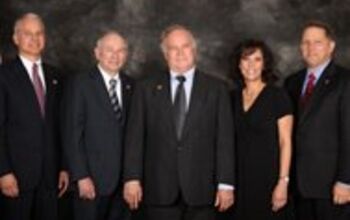
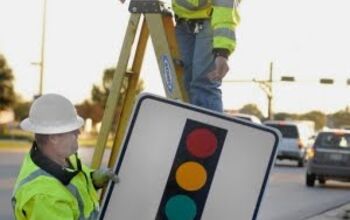
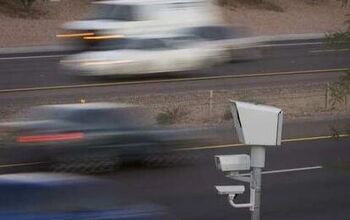
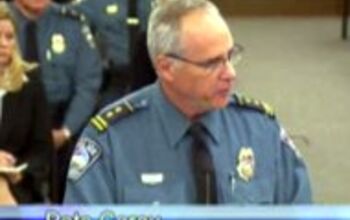


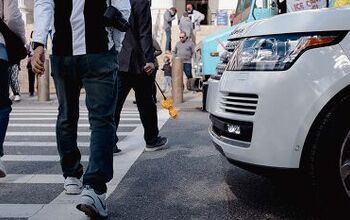



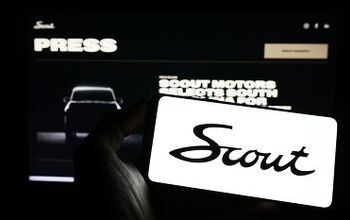
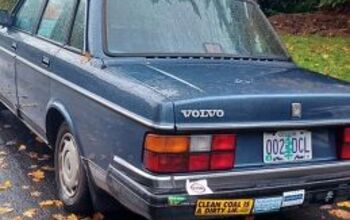

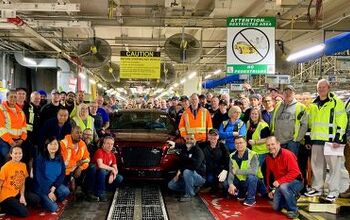

Comments
Join the conversation
"Loma Linda saw a 92 percent drop in violations after it lengthened the duration of yellow lights by one second." The above statement is an eye opener. Does anyone know if the red light camera/speed camera detector from Escort works well?